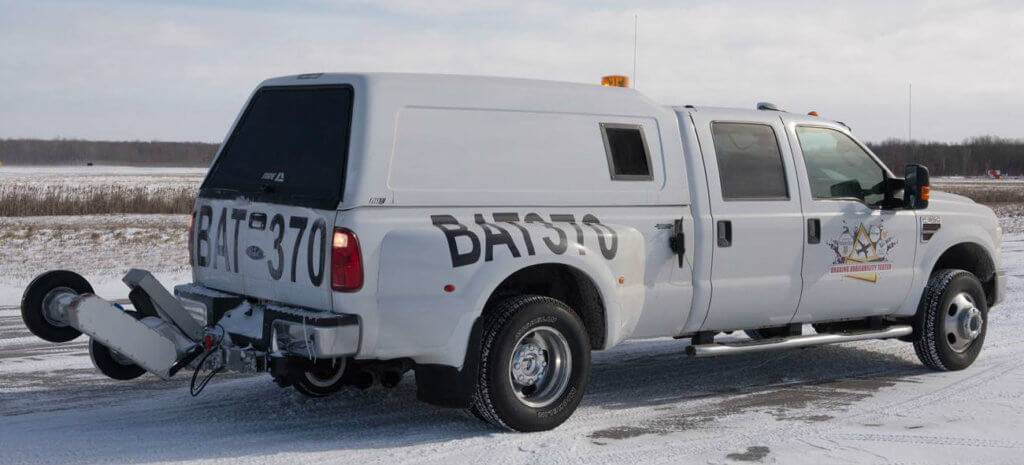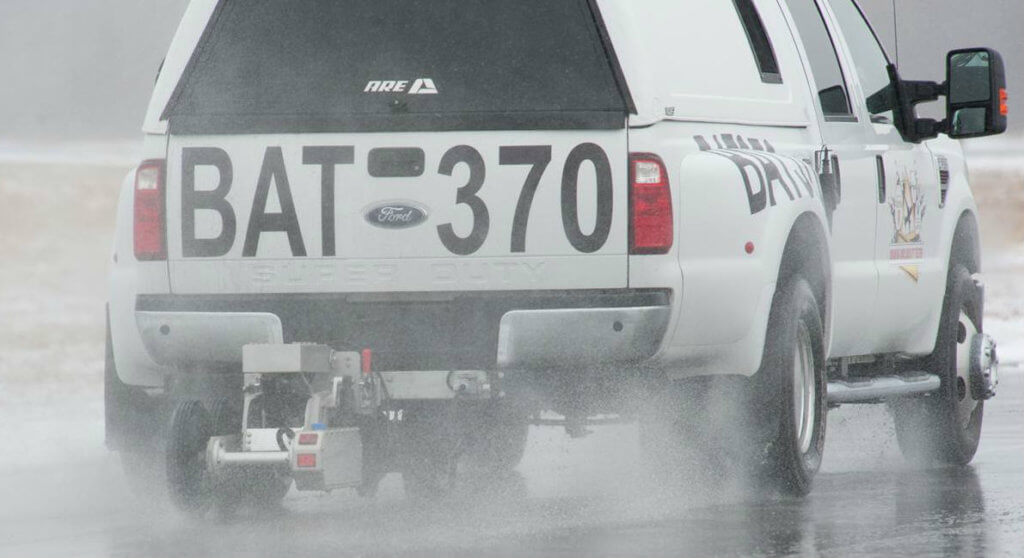Estimated reading time 5 minutes, 29 seconds.
As any aerospace entrepreneur knows all too well, finding a first buyer for a new technology or service can be a struggle–especially if it’s aimed at the military.

In 2010, the federal government launched a pilot project, now known as the Build in Canada Innovation Program (BCIP), to help Canadian companies make the leap from the laboratory to the marketplace by acting as the first buyer for state-of-the-art products and services.
“Everyone wins because these are not grants or subsidies, but real sales for companies, who can then use them as a reference for future sales,” Judy Foote, Minister of Public Services and Procurement, explained to an audience of aerospace executives in November 2016. “The government benefits by gaining access to leading-edge technologies and the client departments provide valuable feedback to companies.”
BCIP has often been likened to e-Harmony for industry. Under the program, the government will purchase a pre-commercial innovative product, defined as late stage R&D at a technology readiness level of seven (TLR 7) or higher, and match it with the business requirements of a federal department or agency.
Once a technology is approved and a match found, it is then evaluated and validated by the Industrial Research Assistance Program at the National Research Council of Canada. BCIP pays the company for the technology and covers the cost of the testing.
“This program kind of turned procurement on its head,” Christopher Baird, senior director for the program, recently told a public sector technology conference.
The government has been highlighting opportunities under BCIP as part of its larger innovation agenda. It also has an increased budget–$40 million in 2017–and is seeking greater engagement from various sectors with a year-round open call for proposals.
Over the past six years, more than 275 innovations from 240 companies have pre-qualified in a range of categories from military to the environment, health, and safety and security, and over $74 million has been awarded for acquisition and testing with 30 different departments. Not surprising given BCIP’s military origins, National Defence has been the most frequent customer.
One aerospace company currently in the midst of a BCIP evaluation is Team Eagle Ltd. of Campbellford, Ont. Its aircraft runway Braking Availability Tester (BAT) technology was approved in November and is currently undergoing assessment with Transport Canada at the Ottawa International Airport.
The anti-skid braking system, which is being tested while mounted to a Ford F-550 truck, would provide pilots with data on available wheel breaking in poor runway conditions such as snow, slush and water.
“It is a terrific program,” said Paul Cudmore, Team Eagle’s general manager and chief operating officer. “It helps you take the last step into the commercialization world. We see a lot of technologies that are built right up to the point where people either run out of funding or strategy to take it across the goal line. That is what this offers.”

With a government department as the first user, BCIP also provides companies with a credible partner. In Team Eagle’s case, Transport Canada is recognized as subject matter experts in winter runway condition reporting and that “does carry quite a bit of weight in the rest of the world,” said Steve McKeown, chief executive officer. “It does help us with conversations with other players in the world because they look at Transport as a leader.”
One major Canadian airport has already expressed interest in purchasing the technology with “kind of a guarantee that eventually it will be certified by Transport Canada or we will take it back,” he added.
Although the 60-page application took some almost 80 hours to prepare, Cudmore said it is a worthwhile investment for a small or medium-sized company and provides material that can be reused well after the BCIP trial concludes.
“It is actually very helpful from a business perspective to go through a disciplined, detailed exercise about a product or technology, because it forces you to think about all the possibilities that are out there,” he said. “We have a much better, more detailed understanding of where we want to go with this project.”








